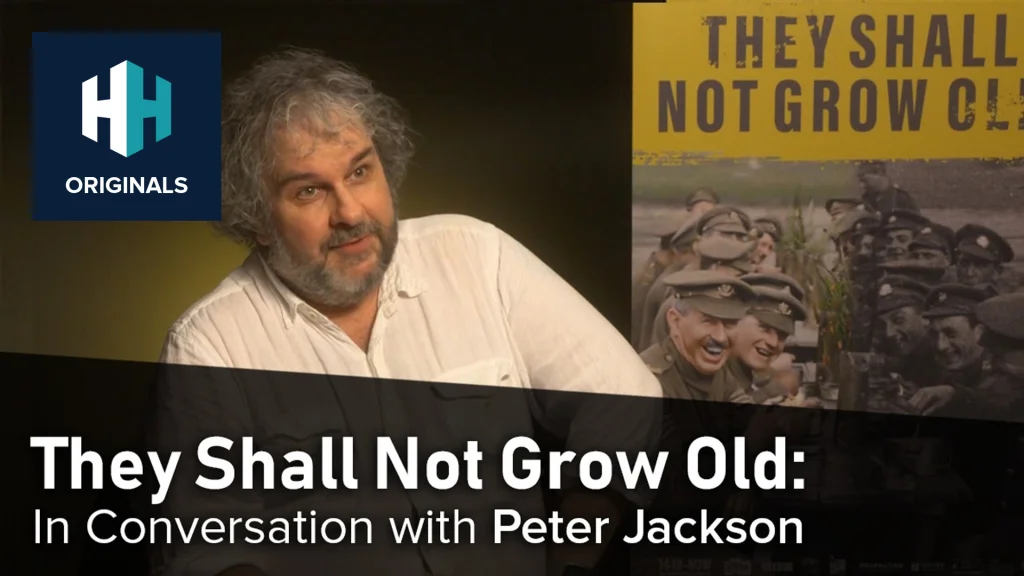Image credit: Ernest Brooks
Though the extent of the trench systems in the Great War was unprecedented, trenches themselves were not a new notion. Trenches were utilised during the American Civil War, the Boer War and the Russo-Japanese War of 1905.
The use of trenches in the First World War was unplanned. In September 1914, with German forces defending positions using devastating weapons such as the machine gun, a stalemate developed and troops received the order to dig in.
Generals on both sides pushed their forces northwards, seeking gaps in the enemy line between the North Sea and the existing fortifications. These manoeuvres resulted in the formation of a continuous trench line from the North Sea to the Swiss Alps.
Development of Great War trenches
The trench networks of the Great War were far more sophisticated than the simple foxhole and shallow trenches from which they were derived. The front wall or parapet was typically 10 foot high with a line of sandbags stacked at ground level.
 Watch Now
Watch NowConsecutive trenches were constructed to produce trench networks. The first line in this network was the main fire trench and was dug in sections to limit the impact of shelling. Behind this was a support line with dugouts for telephone points and shelter.
Further communication trenches linked these two lines and provided a route for supplies to be moved forward. Additional trenches called saps projected into no-mans land and held listening posts.
Communications in the trenches relied primarily on telephones. But telephone wires were easily damaged and so runners were often employed to carry messages in person. Radio was in its infancy in 1914 but the issue of damaged phone wires saw heavy emphasis placed on its development.

Trench warfare was bleak and men often had to walk past their dead friends. Credit: Commons.
Routine in the trenches
Soldiers progressed through a regular cycle of frontline fighting, followed by less dangerous work in the support lines, and then a period behind the lines.
A day in the trenches began before dawn with a stand-to – preparation for a dawn raid. This was followed by the ‘morning hate’ (an idea Orwell would borrow for his book, 1984), a period of heavy machine gunfire and shelling.
Men were then examined for diseases such as trench-foot, a condition that cost the British 20,000 men in 1914 alone.
 Watch Now
Watch NowMovement was restricted and boredom was a common. The night-time routine began with another stand-to at dusk, before night duties such as patrolling, manning listening posts, or acting as a sentry.
Food was monotonous in the trenches. Fresh meat could be scarce and men would resort to eating the rats that scurried through the filthy trenches.
Death in the trenches
It is estimated that one third of Western Front casualties died in the trenches themselves. Shelling and machine gun fire rained death on the trenches. But disease arising from the unsanitary conditions also cost many lives.

Infantry from the British Royal Naval Division in training on the Greek island of Lemnos during the Battle of Gallipoli, 1915. Credit: Ernest Brooks / Commons.
Snipers were on duty at all times and anyone rising above the parapet was liable to be shot.
A distinctive feature of the trenches was their awful smell. The huge volume of casualties meant it was impossible to clear all of the dead bodies, resulting in the prevalent smell of rotting flesh. This was compounded by overflowing latrines and the smell of the unwashed soldiers themselves. The smells of battle, such as cordite and poison gas could also linger for days after an attack.















